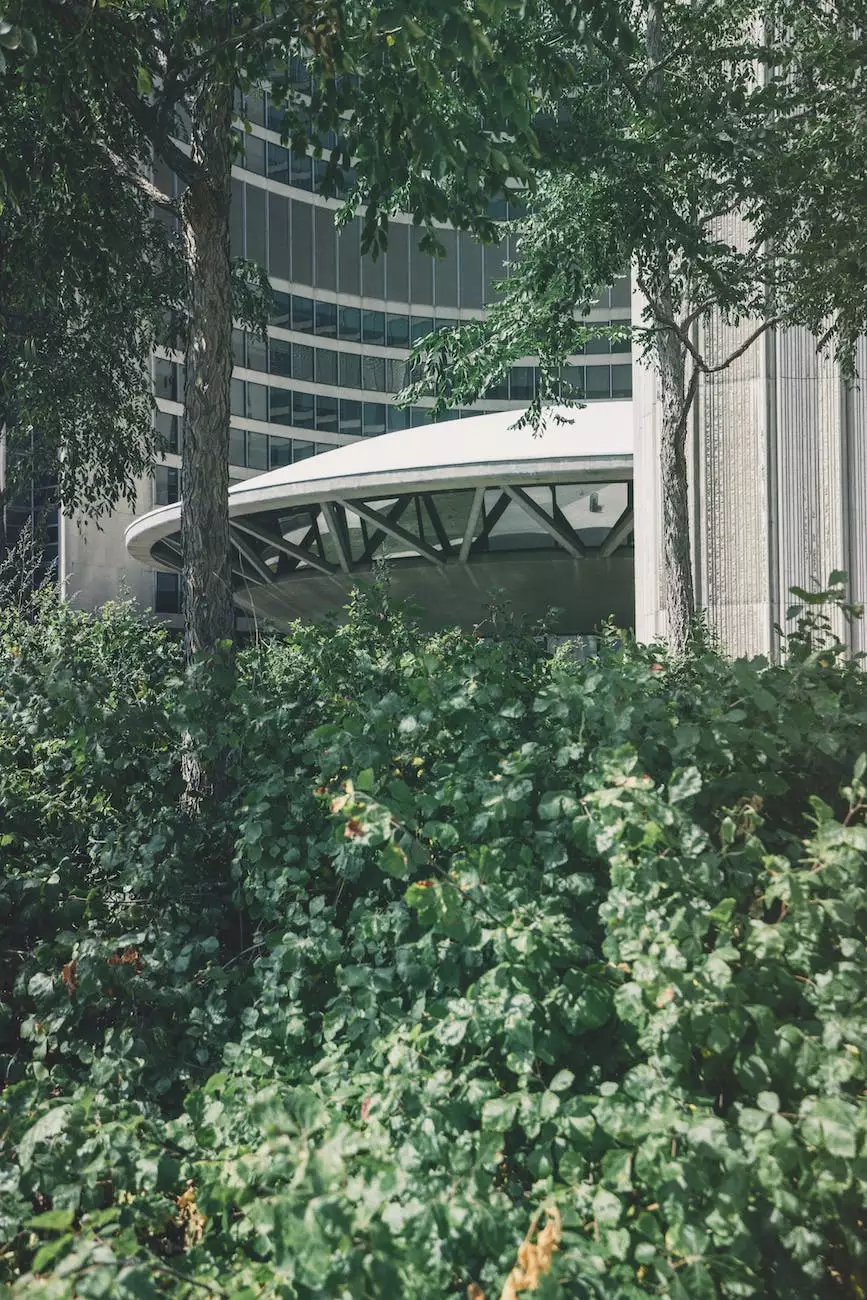Rooftop Gardens - Ancient Origins and Modern Benefits
Custom Outdoor Patio
Introduction
Welcome to American Pond & Gardens, your ultimate destination for all things related to home and garden gardening. In this article, we will delve into the fascinating world of rooftop gardens, exploring their ancient origins and the modern benefits they offer. Embark on an enlightening journey with us as we uncover the transformative power of rooftop gardens.
Ancient Origins
The Hanging Gardens of Babylon
In our quest for understanding the ancient origins of rooftop gardens, we must first visit one of the Seven Wonders of the Ancient World - the Hanging Gardens of Babylon. These magnificent, lush green spaces were not actually located on rooftops, but their concept inspired the development of modern rooftop gardens.
According to historical accounts, the Hanging Gardens were built around 600 BC by King Nebuchadnezzar II for his wife, Queen Amytis. The gardens were a marvel of engineering feat, featuring terraces layered with vibrant flora and cascading waterfalls. This grandeur and beauty captivated the imaginations of future generations.
Asian Influence
While the Hanging Gardens of Babylon showcased the potential of vertical gardens, it was in Asia where rooftop gardens truly took root. Centuries ago, Chinese and Japanese cultures embraced the idea of creating garden sanctuaries on rooftops, harmonizing nature with architecture.
Rooftop gardens in Asian culture serve as peaceful havens, offering respite from the bustling cities below. These man-made nature retreats feature carefully curated landscapes and serene water features, providing a much-needed sense of calm and tranquility.
Modern Benefits
Aesthetic Appeal
One of the primary reasons why rooftop gardens have become increasingly popular in recent years is their undeniable aesthetic appeal. Transforming an unused rooftop into a lush oasis not only beautifies the surrounding urban landscape but also adds value to the property.
By incorporating various plant species and architectural elements, rooftop gardens create visually stunning vistas that captivate the eye. Whether you prefer a minimalist zen garden or a vibrant floral paradise, the possibilities for design are endless.
Environmental Benefits
Rooftop gardens play a crucial role in combating the negative effects of urbanization on the environment. They act as natural insulators, reducing the need for excessive heating and cooling. This, in turn, leads to energy savings and a lower carbon footprint.
Furthermore, rooftop gardens contribute to improved air quality by absorbing carbon dioxide and releasing oxygen. They act as natural filters, removing harmful pollutants and particulate matter from the air. This significantly enhances the overall quality of life in urban areas.
Health and Well-being
Creating a rooftop garden offers more than just environmental benefits; it also has a positive impact on our health and well-being. Spending time in nature has been proven to reduce stress, anxiety, and depression. Having a rooftop garden allows city dwellers to escape the concrete jungle and reconnect with nature.
Engaging in gardening activities, such as planting and tending to plants, promotes physical activity and relaxation. It provides a therapeutic outlet for individuals to unwind and reconnect with themselves.
Tips for Creating a Rooftop Garden
1. Structural Considerations
Prior to creating a rooftop garden, it is essential to evaluate the structural integrity of your building. Consult with a professional to ensure that the weight of the garden and its components can be safely supported by the rooftop.
2. Watering and Drainage
Since rooftop gardens are exposed to more intense heat than traditional gardens, proper watering and drainage systems are critical. Install irrigation systems and choose plants that can thrive in varying weather conditions.
3. Plant Selection
When selecting plants for your rooftop garden, consider factors such as sunlight exposure, wind resistance, and maintenance requirements. Opt for a mix of native plants, perennials, and succulents to create an aesthetically pleasing and sustainable garden.
4. Access and Safety
Make sure to incorporate safe and easy access routes to your rooftop garden. Install sturdy railings, elevated walkways, and proper lighting to ensure the safety of yourself and others while enjoying the garden.
5. Professional Assistance
If you're unsure about the design and implementation of your rooftop garden, don't hesitate to seek professional assistance. Landscape architects and garden designers can provide valuable expertise and guidance to help you create the rooftop garden of your dreams.
Conclusion
Rooftop gardens have a rich history and offer a multitude of benefits in the modern world. From their ancient origins in the Hanging Gardens of Babylon to their contemporary role in environmental sustainability, these elevated gardens have the power to transform urban landscapes and improve our quality of life.
At American Pond & Gardens, we are passionate about sharing our expertise in gardening to help you create your own rooftop oasis. Join us on this enchanting journey as you embark on your own rooftop gardening adventure. Discover the magic of cultivating nature in the sky and unlock the endless possibilities of rooftop gardens.










